When I discovered the healing power of whole food nutrition way back in the 1980s I was amazed. I shouldn’t have been, but I was. I was amazed because I grew up as a typical kid in America whose diet consisted of very few vegetables, a lot of meat, and too much sugar and carbohydrate foods. It’s surprising that I didn’t suffer from many health problems.
Questioning the medical paradigm
In the mid-80s my wife Janice and I owned a small ad agency. Most of our clients were hospitals and other medically-related businesses. When we began to pay attention to what theses companies were doing we started to question whether money was more important than helping people. Hospitals talked about profit margins, quotas, and keeping up their reputations.
And then Janice and I met a wonderful couple — a chiropractor and his wife who managed the practice. We spent man evenings talking about all sorts of things and we learned more and more about natural healthcare, a new concept for us. Then one day, coming home from an appointment, Janice was stopped in traffic and glanced over to a small strip mall nearby. A sign on one of the stores caught her attention. It was a healthfood store. Janice pulled into the parking lot, walked into the store, and asked the clerk if she could recommend a book on how to feed our family better food. The clerk handed her a copy of a book about the healing power of real plant nutrition. This was a moment that changed our lives forever and for the better.
A new way to shop for food
The following weekend we went to our local grocery store to do our weekly shopping and each time Janice picked up a can, bottle, or package she started reading the ingredients. I was puzzled and a bit impatient. I asked her why she was reading the labels, which showed how ignorant I was about the connection between foods and our health. Janice simply said, “I want to know what we’re putting in our bodies.” I was stunned. A light went on in my head and shot out of my ears. From this day forward we changed everything about the way we ate. We stopped buying products with artificial ingredients — chemicals whose names we could hardly pronounce, and began shopping only at healthfood stores.
And then I began reading. And reading. And reading. I read all sorts of books about herbs, foods, vegetables, fruits, seeds and nuts, and how to avoid toxins in the diet and in personal care and cleaning products. I learned about organic foods, soil quality, and why most people have chronic illnesses that medical doctors cannot cure. Our entire paradigm had shifted from medical treatment to healthcare. Shortly after we both went back to school — I studied Nutrition and Janice studied Psychology.
The healing power of foods
While I learned a lot about the healing power of foods, it was a paradigm shift that really made me committed to natural healthcare. For my dissertation I presented the results of my research into the differences between vitamin supplements and nature’s whole foods. In short, foods contain vitamins, minerals, antioxidants, carotenoids, flavonoids, flavors, textures, fiber, trace minerals, enzymes, and more. HOWEVER, vitamin and multivitamin pills DO NOT CONTAIN any of the other cofactors (helper nutrients) found in nature’s whole foods.
In the mid-90s we opened the Holistic Health & Counseling Center in Carefree, Arizona and enjoyed a successful practice helping people overcome their mind and body health issues. Because I could not find a company that offered whole food supplements without isolated vitamins, Janice and I decided to create a company that did. We called it NutriPlex Formulas, and it’s still in business 30 years later.
Is natural healing a lost art?
Today, unfortunately, the art of natural healing using whole, clean foods is still lost on most people — including doctors of all kinds, natural and medical. In fact, so many natural healers have resorted to the pharmaceutical paradigm by using chemical vitamins instead of whole food supplements and actual real fruits, seeds, and vegetables to help their patients. But I guess I am old-school, because I have discovered that nature’s unaltered, pure foods are the only substances our bodies have evolved to consume — not pancakes, cake, cookies, ice cream, chips, vitamin pills, fast foods, fries, artificial ingredients, or stuff wrapped in plastic. As long as people eat this sort of fare they will continue to suffer with health problems.
The mind-body connection is key
But there’s more to good health than just good nutrition. Over the decades I learned a lot about the connection between the mind and the body in creating health issues and diseases. The mind and emotions may even cause seventy percent of all health problems! And the mind can heal problems as well.
I guide people back to their own agency
When I consult with clients, I don’t cure anything. I inform and help guide them to make a change for the better. For the body I offer advice on good food; and for the mind I share my knowledge and work with meditative techniques, including guided imagery. The idea behind this is to get in touch with the way the mind works to hurt and heal. We want to use it for healing and to restore wholeness, which has not only to do with better health, but a better quality of life.




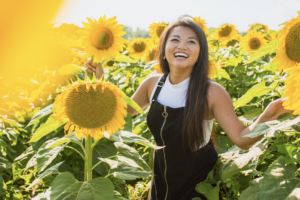
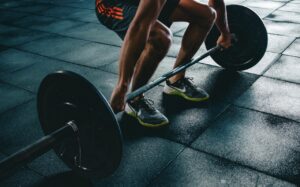

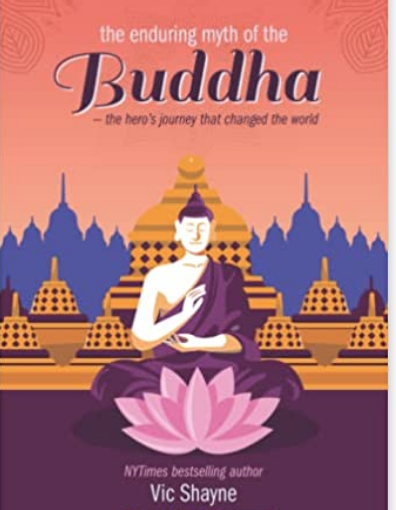
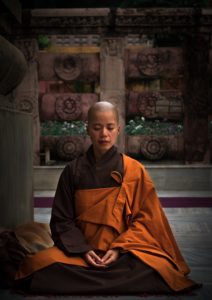
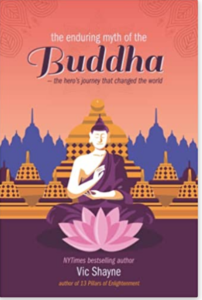


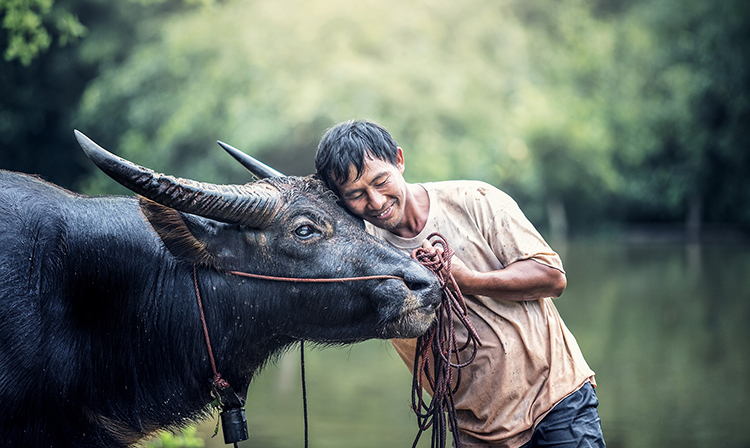

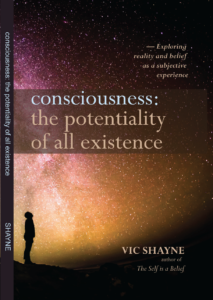
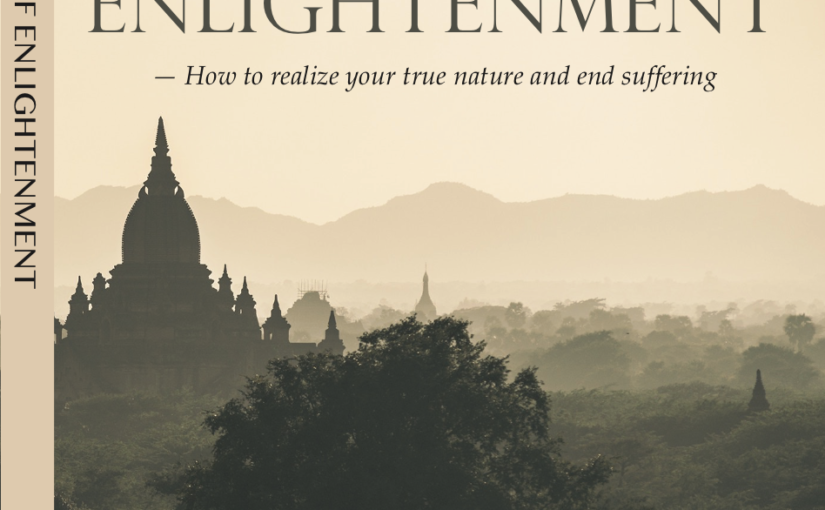
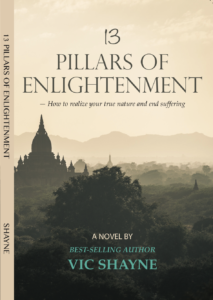
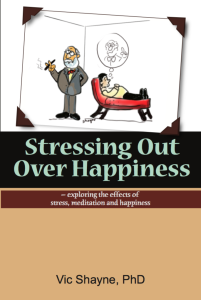

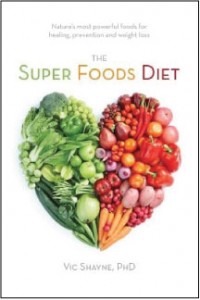
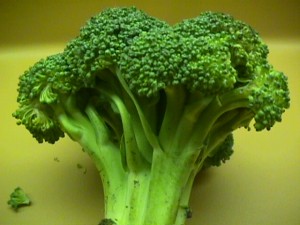 for over 20 years and know him to be a man with a strong conscience and one who does not compromise his values.
for over 20 years and know him to be a man with a strong conscience and one who does not compromise his values.